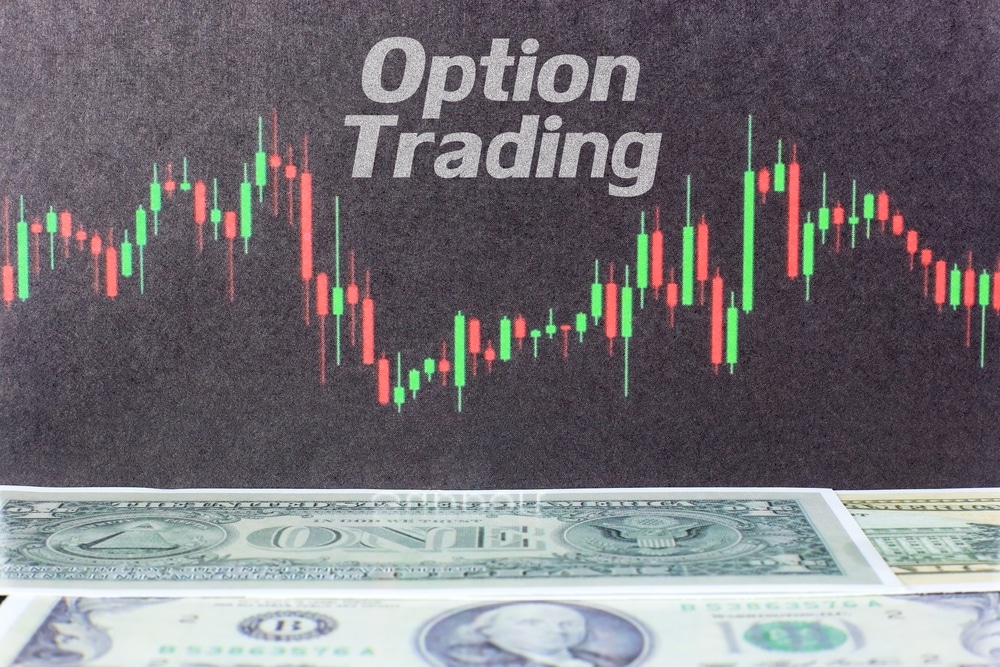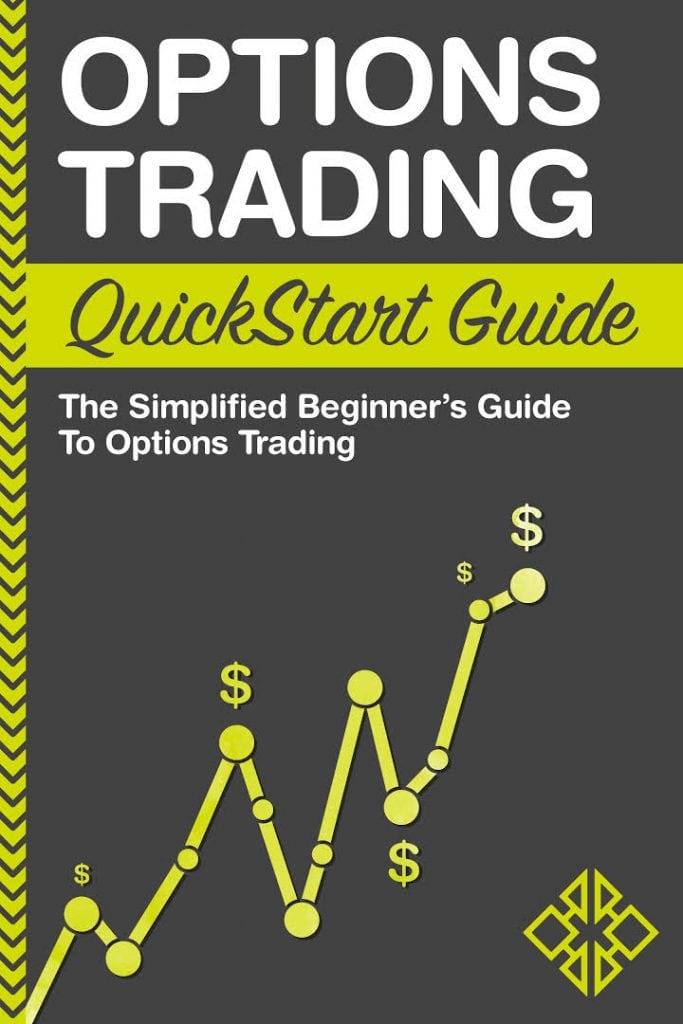

Had the market gone the other way, your option would have expired worthless, leaving you with a $1,600 profit and no AAPL stock. Because of the premium you received, you essentially bought the shares at $334. The option is assigned and you receive 100 shares of AAPL in your account the following Monday. In 2 months, AAPL shares are trading at $349.

You sell a put at $350 for $16 on 100 shares that expires in 2 months and take in a premium of $1,600. Getting Paid to Purchase: Selling a Naked PutĪpple (NASDAQ: AAPL) trades at $370, but you do not want to buy the stock unless it falls to $350. If the stock had instead declined in value, you would have had your losses buffered by the premium you received for selling the covered calls. You keep the $250 premium less the $3 broker fee and all of your shares of MU stock. The 5 options expire worthless and the options are not exercised. You take in $250 of premium minus a nominal broker fee of $3 to sell the options. You sell 5 call options on 100 shares each covered by your underlying shares with a strike price of $62 that expires in a week. You do not want to sell your 500 shares and take on the tax liability. Let’s say your cost basis per share for Micron Technology (NASDAQ: MU) is $48, and the current price of the stock is $58 per share. Skimming Off the Top: Covered Call Writing Profit from Portfolio ProtectionĬheck out a few more examples. While your gains may be lower in this scenario, your losses when buying the put option are limited to the premium initially paid, which is not the case with a short stock position. That compares with making $2 on 800 shorted shares of the stock, which would be $1,600. You profit by $1.70 per contract times 100 shares per contract and 8 contracts for a total gain of $1,360. After a few minutes, the price of WMT dips from $130 to $128 and the put options are now worth $3.01 each. You buy 8 Wal-Mart (NYSE: WMT) at-the-money puts each with a contract amount of 100 shares and struck at $130 for $1.31 to take advantage of what you think will be a short-term dip in the stock price. You enjoy a 52.5% gain on the $2,700 invested into the option rather than a 5% gain on $60,000 invested, while your losses remain limited to the amount you initially paid for the option AMD quickly moves up to $63 within a few days, and the now in-the-money $60 call option is worth $4.47 or $4,470 when you sell it, for a profit of $1,770. You pay a $2.70 premium for each option, totaling $2,700. Let’s say you buy 10 American Micro Devices (NASDAQ: AMD) $60 calls when the AMD price is $60 expiring in one month’s time on the 3rd Friday of next month. Scalping is all about taking a little bit of profit with high-frequency trades, when possible, and giving the market no time to move significantly against you. The following trades could take place over the space of seconds or even a second. You must also be an extremely disciplined trader with a good understanding of the market and a solid internet connection. One of the simplest options trading strategies, scalping, typically takes a privileged market position to be consistently profitable. Consider Whether Options are Right for You.


 0 kommentar(er)
0 kommentar(er)
